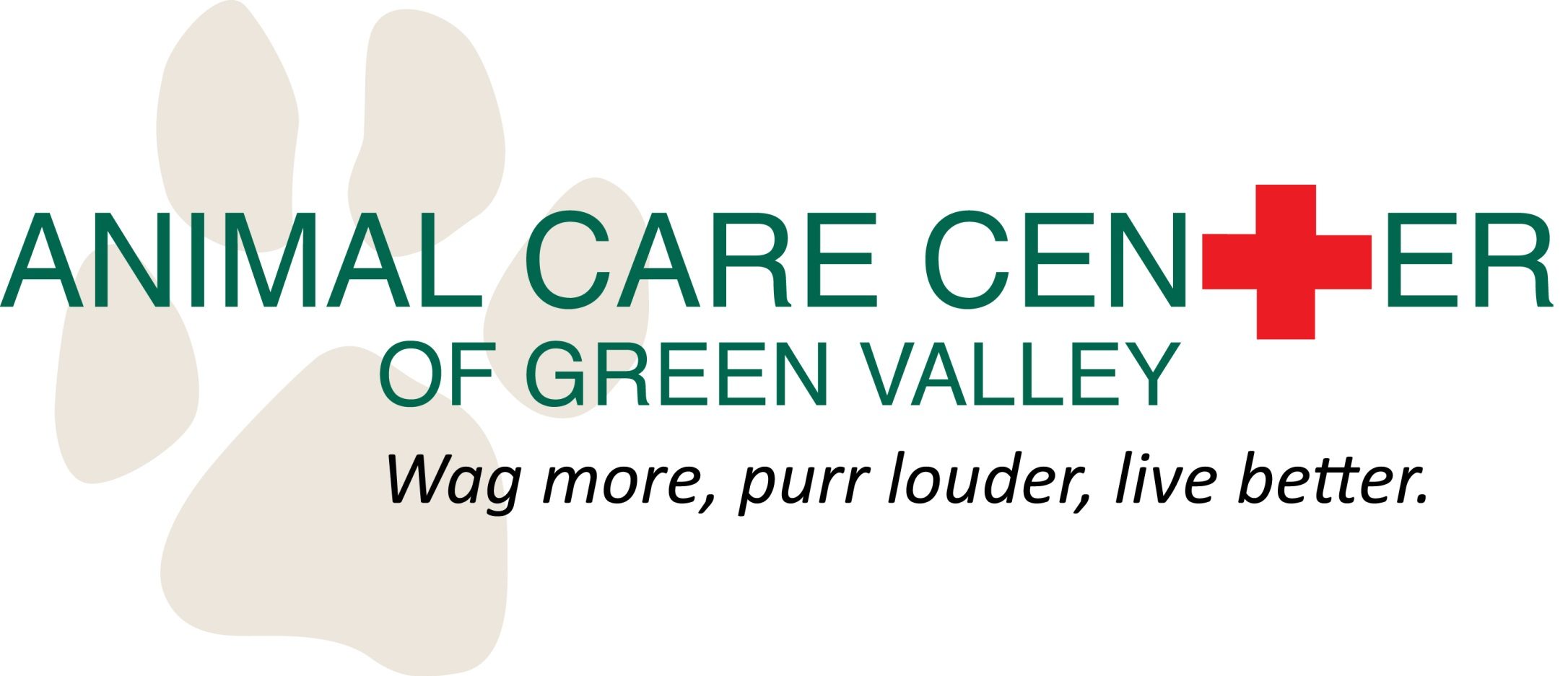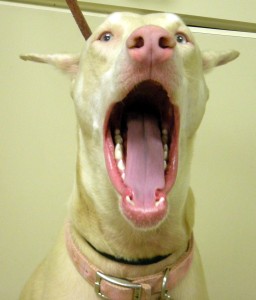You might have heard about anesthesia free dental cleanings from a local groomer, pet store, word of mouth or even some veterinary providers. Commonly known as anesthesia free dental cleanings, the practice involves scaling (scraping with an instrument) of a dog or cat’s teeth without putting the pet under anesthesia.
Veterinarians often refer to the practice of scaling the teeth without anesthesia as non-anesthesia dental scaling (NAD or NADS), as the term “cleaning” is misleading to pet owners who have the impression that after one of these procedures, their pet’s mouth is clean and healthy. It may sound like a great option, but what exactly does this procedure involve?
First, the title of the procedure is accurate in that there is no anesthesia involved. This means your pet must be physically restrained, some at higher levels than others, in order for the provider to access the animal’s teeth. A provider will often tell a pet owner it is just like a human going to the dentist, which is absolutely not the case. While some pets may appear to tolerate this restraint better than others, your pet is still being restrained for a lengthy period of time with no ability to understand why or what is happening to them.
How many people actually enjoy sitting in the dental chair, holding their mouth open while a dental hygienist scrapes mineralized tartar from their teeth? Imagine how a pet, who can’t communicate, feels when the NAD provider holds open their mouth and attempts to do the same. We can understand what the dentist or hygienist is doing and can be asked to hold still and relax, but the pet does not understand and thus will frequently require a traumatic restraint process.
The next step is using a sharp instrument to remove plaque from the visible part of the tooth, or scaling the crown of the tooth.
The discoloration of your pet’s teeth is essentially layers of plaque and bacteria that have built up over time, which is only eliminated from the visible portion of the tooth by using a sharp hand instrument called a scaler.
Consider your visits to the dentist and the minor scaling that sometimes has to be done to remove some of the tiny spots of plaque build-up. Now, take a look at your pet’s teeth and think about how it might feel to have that amount of build-up scraped from your teeth. It certainly could cause a great deal of discomfort and pain to your pet.
At the end of the anesthesia free dental procedure, the outside surfaces or your pet’s teeth may appear visibly whiter. However, there is much more than meets the eye. Because your pet wasn’t under anesthesia, there was no ability to clean beneath the gumline where the bacteria that causes periodontal disease occurs and causes bad breath and extensive damage to tooth roots and supporting bone structure.
White teeth do not mean a clean and healthy mouth. This is the most unfortunate misconception by many loving pet owners, who don’t realize the potential oral health problems that sit beneath their pet’s gums.

